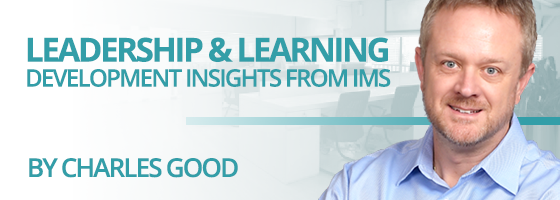Most leaders today have some experience with change with all the uncertainty this pandemic has posed to our society, many are still not adept with instituting change that sticks. Despite all that has occurred in the last 20-24 months, there still does not exist a proven approach for driving large and lasting change within an organization. Many have speculated as to why this is the case. How can we develop more change intelligent leaders?
According to John Kotter, best-selling author of Leading Change, “By far the biggest mistake people make when trying to change organizations is to plunge ahead without establishing a high enough sense of urgency in fellow managers and employees.” He goes on to suggest there are eight common strategic errors that doom such initiatives which are being complacent, lacking a powerful coalition, not buying into the vision, failing to convey the vision with enough passion or frequency, declaring victory prematurely and neglecting to tie the change into the corporate culture. However, the brevity of this book may still leave one asking how to develop these leadership attributes.
In a recent IMS virtual program, Dr. Barbara Trautlein, provided a refreshing and practical framework for implementing change within an organization based on her book, Change Intelligence: Use the Power of CQ to Lead Change That Sticks. She realizes that when people talk about change, they often fixate on the need to overcome resistance. Leaders need to understand it is about changing their behaviors first; only then can they lead other to change.
With this in mind, her approach begins with identifying how we can optimize ourselves as change leaders. In her model, she assumes that each change leader has a basic tendency to lead with his or her heart (personally connecting with your people at an emotional level), head (focuses on the big picture) or hands (focusing on the process) or possibly some combination of all three. She goes on to tell that everyone is a blend of all three and no one style is preferred over the others. To be successful with any change initiative we need all three – starting with the heart, engaging the brain and helping the hands to get moving in right direction.
Throughout the program, Dr. Trautlein unpacks this model and provides various tools taking advantage of its many practical applications. One such tool is a variant of the De Bono’s ‘thinking hat’ exercise. When a group or team is focusing on a change initiative, the leader should make sure to have all three change perspectives represented. If some of these perspectives are not present, then the leader should assign various members those missing change perspectives. This will ensure the group is not missing insights derived from those perspectives.
Unfortunately, only a few organizations adapt to change quickly enough. This fact has been even more evident within today’s environment where only the nimble and adaptable survive. Below are three change management practices to incorporate in your organization.
- Create a strong vision for the change and emphasize its urgency.
- Ask for help from ‘change champions’ within your organization.
- Continuously measure, learn and evolve as you break down big changes into smaller steps and undergo change experiments.
As Charles Darwin once said, “It is not the strongest or the most intelligent who will survive but those who can best manage change.”
ABOUT CHARLES GOOD
Charles Good is the president of The Institute for Management Studies, which provides transformational learning experiences that drive behavioral change and develop exceptional leaders. Charles is an innovative and resourceful leader who specializes in bringing people together to develop creative organizational and talent strategies that enable business results. His areas of expertise include assessing organizational skill gaps and leading the design, creation and delivery of high impact, innovative learning solutions that achieve business goals.

2 Comments